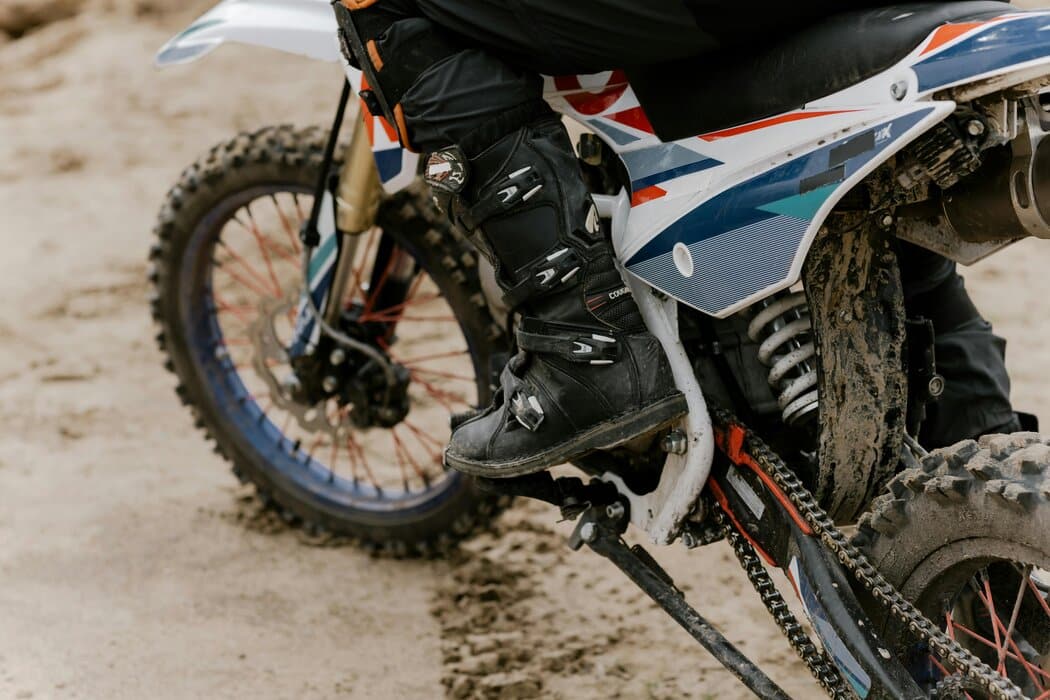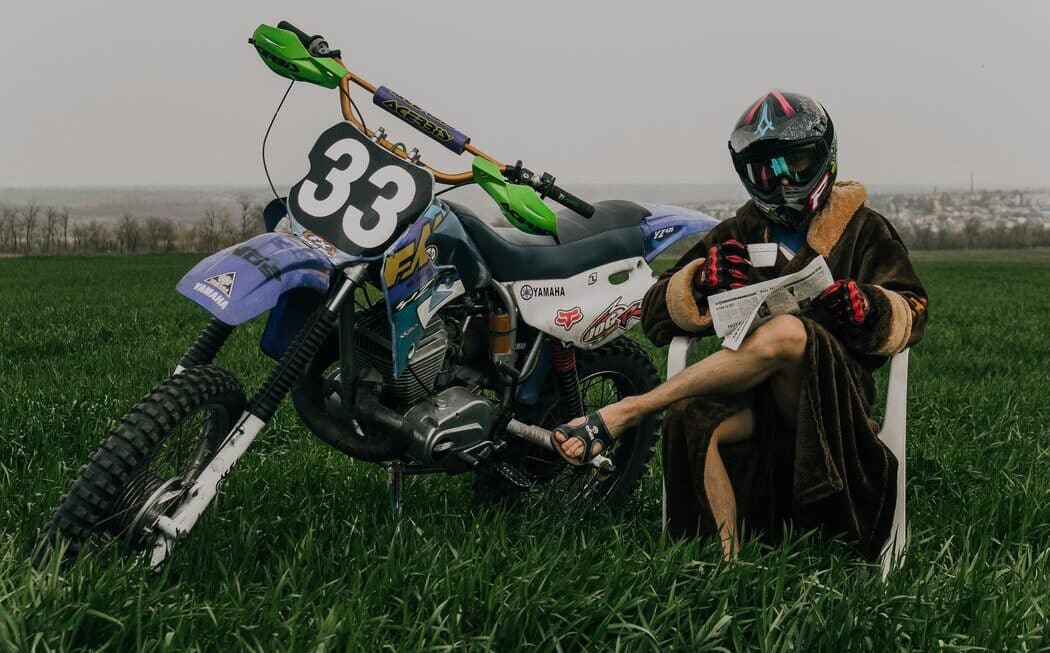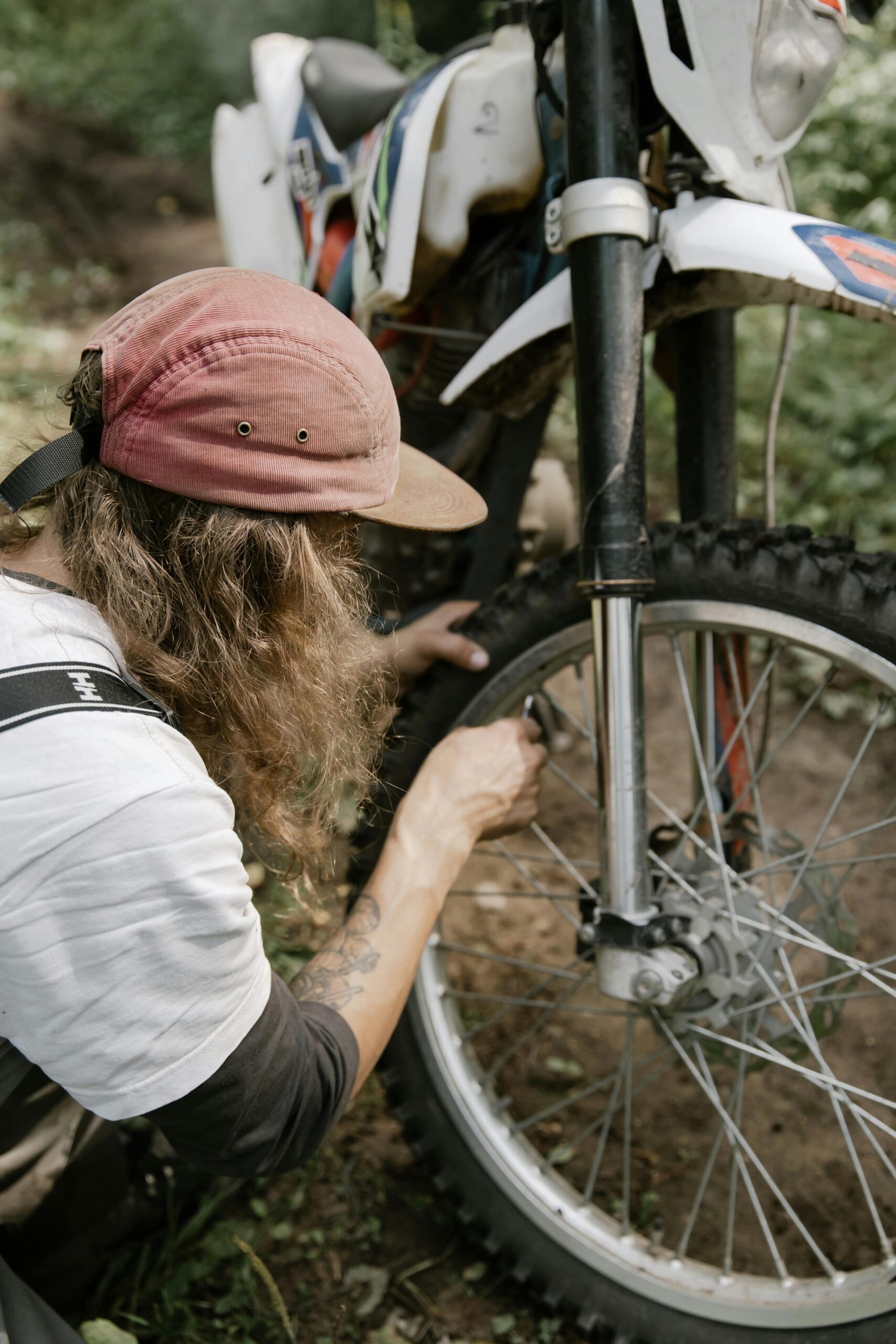Picture this: you’re out on the dirt trails, wind in your hair, and you come to a sudden halt, but your dirt bike doesn’t settle into that characteristic hum of idle. Instead, it sputters and dies, leaving you scratching your head and pondering over why it won’t just stay put, quietly. If you’re a regular rider or a motorcyclist, issues like these can not only be frustrating but also a perplexing mystery to solve.
In the world of dirt biking, an idle problem can occur due to various reasons, and figuring out the root cause is crucial for a smooth off-road experience. This comprehensive guide dives into the common culprits behind idle problems and shares practical DIY solutions to get your bike humming again.
Common Causes of Idle Problems
Dirty Carburetor
One of the most frequent issues that could be disrupting your dirt bike’s idle is a dirty carburetor. Over time, dirt and grime can clog up the jets and passageways in the carb, leading to a lean or rich fuel mixture, which adversely affects idling performance.
Air Leaks
Air leaks in the intake system can cause an imbalance in the air-to-fuel ratio, leading to erratic idling. These leaks are often caused by deteriorated intake boots, cracked manifolds, or loose fittings.
Clogged Fuel Line
If your fuel line is clogged, it can severely limit the amount of fuel reaching the engine, resulting in a too-lean mixture that prevents the bike from idling smoothly.
Spark Plug Issues
A malfunctioning spark plug is a silent killer of idling performance. Spark plugs with excessive carbon buildup, worn electrodes, or incorrect gaps can misfire and cause the engine to sputter at idle.
DIY Solutions
Cleaning the Carburetor
Start with removing the carburetor from the bike and disassembling it. Use carb cleaner to gently clear out any deposits in the jets and passages. Reassemble the carb and adjust the idle screw to your bike’s specifications.
Checking for Air Leaks
Inspect your intake system for any signs of air leaks. A simple way to do this is to spray starting fluid or brake cleaner around the suspected area while the engine is running. If there’s a leak, the engine will rev up.
Fuel Line Inspection
Disconnect the fuel line and check for any blockages. If you find any, you can either clean the line by blowing compressed air through it or replace it entirely if it’s too clogged to clean effectively.
Replacing Spark Plugs
Remove the old spark plug and inspect it for signs of wear and carbon buildup. If necessary, replace it with a new one, ensuring the gap is set to the manufacturer’s specifications.
Importance of Regular Maintenance
Regular maintenance is the linchpin in ensuring the longevity and reliability of your dirt bike, allowing it to perform at its peak whenever you hit the trails. Neglecting routine upkeep not only increases the risk of encountering idle problems but also accelerates wear and tear on crucial components, potentially leading to costly repairs down the line. Consistent checks and maintenance routines help identify and address minor issues before they escalate into major problems, ensuring that your dirt bike remains in optimal condition.
Furthermore, a well-maintained bike offers better performance, fuel efficiency, and safety, enhancing your overall riding experience. In the end, the time and effort invested in regular maintenance pay off by averting breakdowns, extending the life of your bike, and providing peace of mind during those thrilling rides off the beaten path.
Preventive Maintenance Tips
Maintaining your dirt bike can go a long way in preventing idle problems. Here are a few simple steps:
Specific Preventive Maintenance Measures
Adopting a proactive approach to maintenance guarantees your dirt bike’s longevity and reliability. To help ensure your machine stays in top condition, consider these specific preventive measures:
Regular Carburetor Cleaning
Make a schedule for regular carburetor cleanings. This is especially important if you’re riding in dusty or muddy conditions.
1. Regular Engine Oil Changes
Changing the engine oil at recommended intervals is crucial for keeping the internal components of your engine well-lubricated and functioning optimally. Old or dirty oil can lead to increased friction, overheating, and ultimately, engine damage.
2. Chain Lubrication and Adjustment
The chain is vital for transmitting power from your engine to the rear wheel. Regularly clean, lubricate, and adjust the tension of the chain to prevent premature wear and ensure smooth operation.
3. Tire Pressure and Condition Checks
Maintaining the correct tire pressure not only optimizes performance but also ensures your safety. Regularly check for and address any signs of wear, cracks, or punctures in your tires.
4. Coolant System Maintenance
For bikes with liquid-cooled engines, it’s essential to check the coolant level frequently and replace the coolant according to the manufacturer’s guidelines to prevent overheating.
5. Brake Inspection and Maintenance
Brakes are your most important safety feature. Regularly inspect brake pads for wear, and replace them if needed. Also, periodically check the brake fluid levels and replace the fluid according to your bike’s maintenance schedule.
6. Battery Care
If your bike has a battery, ensure it’s properly charged and maintained, especially if the bike will not be used for an extended period. A trickle charger can keep the battery at optimal charge levels.
7. Suspension Checks
Regular checks and maintenance of your bike’s suspension system, including forks and shocks, ensure smooth rides and optimal handling. Look for leaks and consider professional servicing to maintain or adjust the suspension settings according to your weight and riding style.
Implementing these preventive maintenance measures will significantly enhance your dirt bike’s performance, safety, and lifespan. Regular attention to these areas will allow you to enjoy the trails without the worry of unexpected breakdowns or failures.
8. Air Filter Maintenance
Keeping the air filter clean is critical for maintaining optimal airflow into the engine. A clogged or dirty air filter can reduce engine performance and increase fuel consumption. Check the air filter regularly, especially after rides in dusty conditions, and clean or replace it as necessary to ensure your engine breathes cleanly.
9. Electrical System Check
Inspect your dirt bike’s electrical system, including the wiring, connections, and switches, for any signs of wear, corrosion, or damage. Electrical issues can lead to unreliable starting, poor lighting, and unexpected power failures. Regular checks can help identify problems early and prevent them from escalating.
10. Exhaust System Inspection
The exhaust system should be checked for leaks, rust, or damage. A properly functioning exhaust system is essential for engine performance and noise regulation. Any issues can affect the bike’s performance and may even pose safety risks due to exposure to harmful gases.
11. Fuel System Maintenance
Regularly inspect the fuel system, including the tank, fuel lines, and filter, for leaks, damage, or clogs. Clean the fuel filter and replace it periodically to ensure an uninterrupted supply of fuel to the engine, optimizing performance and preventing stalling or other fuel-related issues.
12. Steering and Bearings Inspection
Inspect the steering system and bearings for any signs of excessive play or wear. Tight, responsive steering is crucial for safe and efficient riding. Lubricate and adjust the steering bearings as needed to ensure smooth operation and prevent premature wear.
By diligently adhering to these specific preventive maintenance measures, riders can ensure their dirt bike remains in peak condition, offering reliability, performance, and safety on every ride. Regular maintenance not only prolongs the life of the bike but also provides a more enjoyable and worry-free riding experience.
The Impact of Neglect
Neglecting the routine maintenance of your dirt bike can have several detrimental effects, leading to a decrease in performance, reliability, and overall lifespan of the vehicle. When maintenance schedules are not followed, minor issues can quickly escalate into major problems, resulting in costly repairs or even complete engine failure. For example, failing to regularly change the engine oil can lead to excessive wear and tear on engine components, while ignoring tire condition could result in decreased traction and increased risk of accidents.
Furthermore, neglect can also significantly diminish the resale value of your dirt bike, as potential buyers often seek well-maintained machines. Ultimately, the consequences of neglect extend beyond mere inconvenience, impacting your safety, financial investment, and enjoyment of the sport. Regular maintenance is not only a responsibility but an essential practice for every rider who values their machine and their time on the trails.
Conclusion
When your dirt bike refuses to idle, it’s not just an annoyance but a call to action. By understanding the common problems that can cause idle issues and the appropriate steps to address them, you’re not only saving yourself potential headaches on the trail but also learning to become a more self-sufficient rider. Regular maintenance and proactive checking will keep your dirt bike idling like a dream, so you can focus on the ride and not on the engine.


